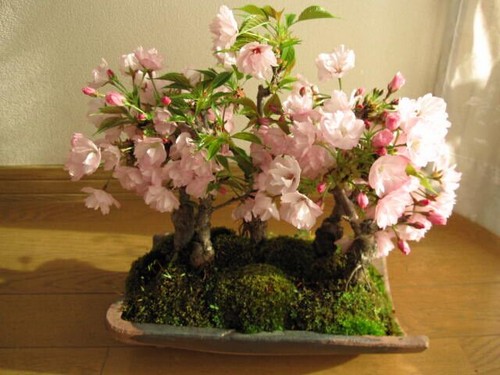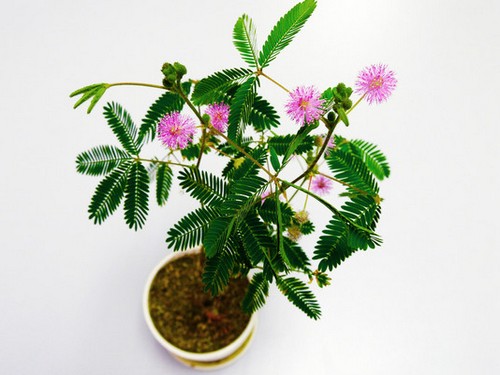Learn more about the symbolic meaning and language of peony
Peony, a traditional Chinese flower, it is beautiful charming, elegant, and colored, fragrant, rhyme the beauty of the three, let people dumping. Many poets in history have written poems praising it. As Tang praised it: "Good name for the king of flowers." Also Song Ci "love lotus said" wrote: "peony, flowers of wealth also", famous sentence spread to the name. "Hundred flowers","rich flowers" has also become a compliment to peony's nickname.

Tang Dynasty people love peony more, once in the peony bloom season, held peony festival, Chang 'an people Qingcheng and out, such as drunk like crazy. Peony is also loved in the palace. The poet Li Zheng praised it as "national color" and "heavenly fragrance", which was greatly appreciated by Tang Emperor. "National Beauty" has since become another elegant name for peony. Peony is regarded as a symbol of prosperity, happiness and peace in Chinese traditional consciousness because of its unique richness, luxury and abundance.
Peony flowers are large and gorgeous, and have always been regarded as a symbol of wealth and prosperity. Legend has it that our country's first empress Wu Zetian said drunk words, ordered flowers to bloom at the same time in winter, all flowers dare not disobey, only peony resistance did not put, showing a firm integrity, Wu Zetian angry, peony demoted Luoyang. Peony has therefore won more people's love and appreciation. So far, Luoyang peony is still very famous. Peony color rich, meaning different:
Peony is a rare flower unique to our country. It is graceful, dignified and fragrant. It is known as the beautiful name of "National Beauty and Heavenly Fragrance" and is praised as the symbol of wealth, good luck and prosperity.
Peony flower language: perfect, strong feelings, wealth.
Peony: perfection, affection, wealth, grace, life, expectation, light love.
Red peony: flower type generous safflower, known as the king of flowers, flower language is "wealth, perfection", attribute fire. I will cherish your love.
Purple Peony: Peony with purple petals, flower language is 'embarrassed', attribute dark.
White peony: noble, dignified and elegant, bearing thousands, national beauty, trustworthy people. Flowerings: Take care of yourself.
Green peony: life, expectation, light love, pay attentively.
Black peony: dead love in fact, peony family there is no pure black peony, people used to put the deep red, deep purple peony called black peony.
Pink peony: elegant, magnificent. Flowerings: Trust me!
Yellow peony: supreme, exclusive.
- Prev

Symbolic meaning and flower language the symbolic meaning and flower language of cherry blossoms
The life of cherry blossoms is very short. There is a saying: Cherry blossom 7 days, that is, a cherry blossom from blooming to withering for about 7 days, the whole tree from blooming to full thanks for about 16 days, forming the characteristics of cherry blooming and falling. It is this characteristic that makes the cherry blossoms so attractive.
- Next

The symbolic meaning of Mimosa and Flower language to learn more about the World Flower language
Mimosa is a wonderful plant that can predict changes in the weather. If you touch it with your hand, his leaves close quickly and open slowly, indicating that the weather will clear up; if you touch mimosa, its leaves contract slowly, droop slowly, or even
Related
- What if the leaves of potted flowers turn yellow?
- Florescence Control of several Flowers
- Anti-freezing technology and post-freezing nursing technology of flowers
- What is the classification of flowers? What are the common methods of flower classification?
- Prevention and control of alkali and acid damage of flowers in courtyard
- Technology of Anti-freezing and restoring growth of Flower seedlings in greenhouse and greenhouse
- How does flower fertilization not hurt the root? Fertilization technology of flowers
- Key points of disinfection in flower greenhouse
- Several pesticides that are banned or used cautiously in flowers
- How to fertilize the flowers that watch the leaves?

